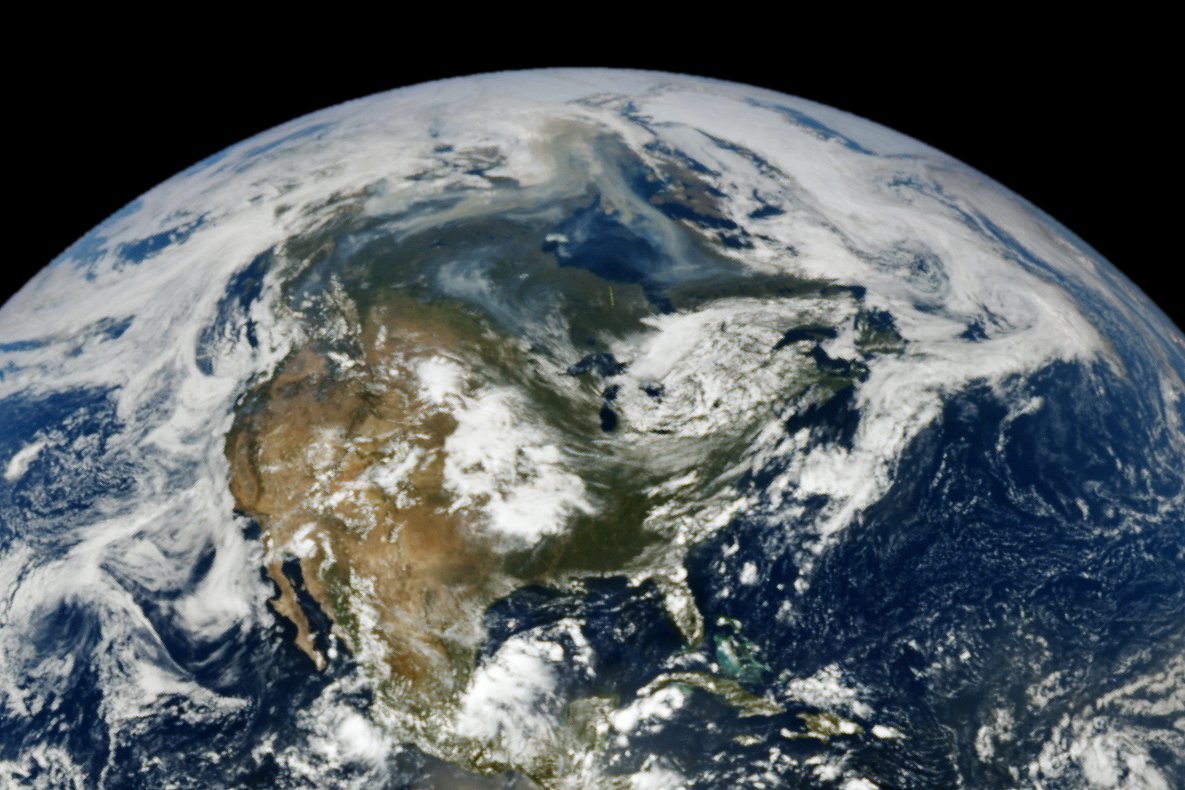In the lead-up to Canada’s federal election, climate policy was one of the most hotly debated and deeply polarizing issues. Amid party platforms, campaign promises and heated debates, Canadians were also flooded with misleading narratives, questionable statistics and emotionally charged claims about everything from carbon pricing to oil and gas development. And while much of this may appear to be innocent misinformation — shared by well-meaning individuals who believe what they’re posting — it’s time we acknowledge a harder truth: almost all misinformation, especially about climate change, is the downstream product of coordinated disinformation campaigns.
Let’s define the terms. Misinformation refers to false or inaccurate information shared without the intent to deceive. Think a Facebook post from your cousin claiming Canada’s emissions are too small to matter globally. Disinformation, by contrast, is deliberately false content spread with the goal of deceiving and manipulating public opinion — often to serve a political or economic agenda.
While this distinction may seem important, in the context of a federal election and the climate crisis, it’s increasingly irrelevant. The two feed off each other in a dangerous feedback loop. Disinformation campaigns — many of them seeded years ago by powerful actors — have built an infrastructure that churns out narratives designed to confuse and divide, so as to delay climate action. Once these narratives take root, they spread as “misinformation,” appearing on your social feeds or in casual conversations, detached from their original intent but still doing damage.
Take, for example, the persistent myth that Canada’s oil and gas sector is already “clean” or that net-zero targets are unaffordable pipe dreams. These are not harmless misunderstandings — they’re the culmination of decades-long disinformation efforts, particularly from fossil fuel interests determined to protect their profits. These actors have funded think tanks, public relations campaigns and lobbying efforts aimed at muddying the waters around climate science and policy.
And it’s not just fossil fuel companies anymore. In today’s fragmented media ecosystem, these narratives are picked up by political operatives, amplified by partisan influencers and spread by illicit actors hoping to destabilize democratic institutions. Some are motivated by money, others by ideology, and some simply want to sow chaos. But the outcome is the same: public confusion, political paralysis, and a lack of consensus on how — or even whether —we should act on climate change.
Elections and disinformation
In the lead up to the recent election, we saw the consequences play out in real time. From misleading claims that climate policies will lead to “nuclear winter” for the economy, to talking points that dismiss renewable energy as unreliable, Canadians are being bombarded with claims designed to erode support for meaningful climate action. These messages often use emotional appeals and cherry-picked data wrapped in populist rhetoric to create the illusion that fighting climate change is at odds with economic prosperity or national sovereignty.
This isn’t just a problem for environmentalists or scientists — it’s a direct threat to democratic decision making. Disinformation erodes our ability to have honest, fact-based debates about the future of the country. It undermines trust not only in science and journalism but also in government itself. When voters are manipulated by falsehoods, democracy doesn’t function as it should.
If we want elections grounded in reality — and if we’re serious about addressing the climate crisis — we must start treating misinformation as what it so often is: the byproduct of deliberate disinformation campaigns. Recognizing this allows us to shift the focus from blaming individuals for “getting it wrong” to holding accountable those who profit from keeping us divided and misinformed.
Canadians have a choice to make — not just about the parties and individuals we choose to elect to power, but about what kind of democracy we want. One that is resilient, informed and capable of tackling the climate emergency? Or one where truth is optional, and our future is shaped by the loudest lies?
Clarity is not a luxury — it’s a necessity. And the first step toward clarity is calling disinformation by its name, no matter how innocently it arrives at our doorstep.
This article first appeared in Canada’s National Observer.



